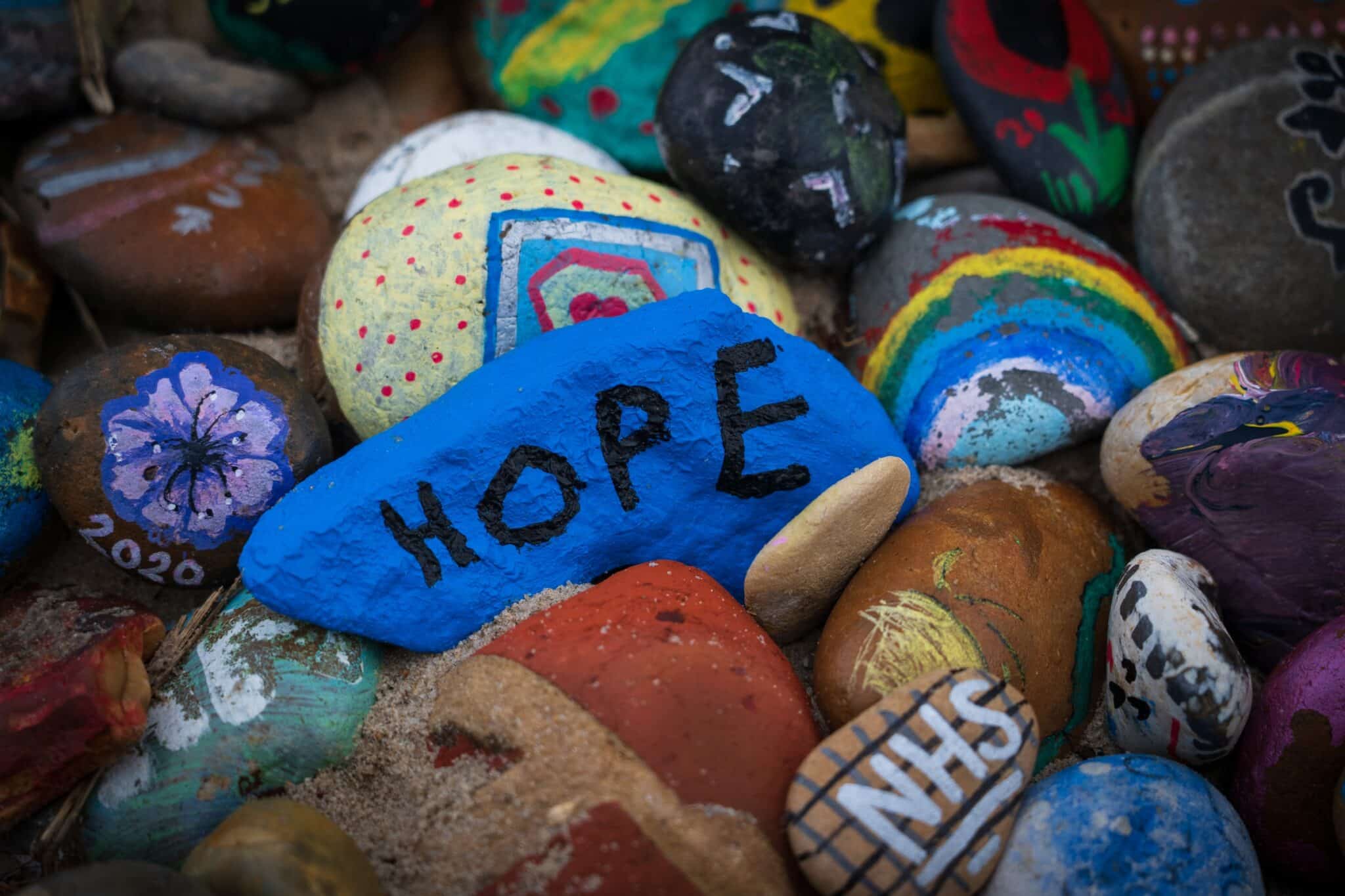Caregiving and hope

Basing hope on reality
I have always felt a little torn about hope because it is about the future, and hence doesn’t help you manage or deal with the present moment, doesn’t help you deal with what is happening right now. This reservation aside, hope is something that is important for both you, the caregiver, and for the person you are caring for. Why? Because it can guide decision-making about care, about finances, about end of life. And to make good decisions, for ourselves and others, we need to base hope on factual information. In other words, hope serves us best when it is based on reality, rather than, for example, wishful thinking. This becomes particularly evident if the person you are caring for has a serious illness or disease.
What is a serious illness and what do we know about them?
In the best podcast series for caregivers I have ever heard, Waiting Room Revolution, serious illness is defined as any illness that is not curable, that will get worse over time (is progressive) and will shorten one’s life. Here are some examples: chronic heart disease; ALS, kidney failure, some types of cancer, frailty and dementia. Caring for an older adult could mean eventually coming up against a serious illness or disease.
What you don’t know can hurt you
What is rarely (yes rarely) shared by health care professionals with patients and their caregivers/families is the big picture or storyline that goes with the illness or disease. There is a natural progression of an illness, or a storyline, a timeline, or an overarching pattern, or stages. In terms of the latter, each illness or disease has an early, middle and late stage.
What the doctors tend to focus on are immediate actions and interventions. And as patients and as caregivers, we often go along with this. Why? On the doctors’ side of things, the western model of medicine is intervention oriented, and to put it bluntly, death is often viewed as a failure. And doctors aren’t well trained on having these difficult, uncomfortable conversations. And all of this is taking place in the context of a culture, a society that is ‘death denying’. Another reason not mentioned in the Waiting Room Revolution podcast, that is related I think, is our discomfort with hard, challenging emotions, like fear, upset, guilt, anger, despair, sadness, grief. All these feelings are likely to come up with a serious illness or disease.
The difference knowing ‘the big picture’ can make
Imagine knowing the stage of the illness the person you are caring for is in, and the difference this could make. Both the person you are caring for and you as the caregiver, will cope and adjust better and potentially be more prepared if you make decisions based on the big picture or storyline of the serious illness or disease. It actually gives more control, more choice rather than being a passive recipient of what happens to the body and your life. It also opens up the possibility for greater intimacy and connection between you and the person you are caring for.
Being realistic doesn’t kill hope
Having hope has become equated with being optimistic and being positive. It is often presumed that having a realistic picture of the illness/disease will kill that optimism, that positivity, the beloved hope. This is patently untrue. It seems to be part of a toxic positivity that is prevalent these days.
There is also a false dichotomy that a person either battles or fights the illness and stays positive or gives up. If one prepares for a different outcome, however (such as treatment not working, illness progressing), this is not the same thing as giving up. It is entirely possible to hope for the best and plan for the worst. And in truth, we can be hopeful and plan for a death that will likely come sooner than we, well, sooner than we hoped. The 2 can co-exist. The podcasters call this “walking two roads”. And they also point out that hope evolves and changes.
Hope evolves and changes
If based on reality, hope changes. Dr. Sammy Winemaker offers a look at how it can evolve and change. You might start off hoping for a cure when you first get a diagnosis, and then shift to hoping the treatment works, then evolve to hoping for no pain and few symptoms, then to hoping you can stay at home and be cared for in the home, to hoping your family remains well and strong through the illness/disease, to hoping they will be well once you pass away.
Hope and aging parents
I have been thinking about hope as it relates to daughters and sons of aging parents. What does or could it look like? It is trickier in some respects because there isn’t necessarily a serious illness or disease. There may be one, but there isn’t such a diagnosis by definition. So what information or facts is it important to have as a basis for your hope? An understanding of ‘normal’ aging would be one helpful thing for you to know. What is the process or trajectory of an aging body and mind?
Secondly, and this might seem obvious, one needs to work with the knowledge that aging leads to death. I understand that might read as ridiculous but many, and perhaps even, most, adult children caring for their aging parents just don’t, just won’t go there.
Personal reflection: I get the resistance
I get the resistance. I have been there. I did not do research or ask for the big picture or trajectory when my father was diagnosed with congestive heart failure or when he was diagnosed with a lung disease. The irony of this does not escape me. And because neither myself or anyone in my family did this, we did not have the kind of closure and saying goodbye we all would have wanted. Death seemed sudden. But it wasn’t really. It was also painful to learn that my father knew he was dying way before any doctor (finally) said it- two days before he died.
We all had a code or conspiracy of silence around the subject of dying or death before it was said. It was easier to focus on the trees- the medications, what to eat, encouraging him take small walks, etc. -than on the big picture, the forest, which would have propelled us to prepare for his death and nudged us to get brave and have the more difficult (and intimate) conversations. The best I could do from this experience was to commit to be more prepared and open to planning and having those difficult and meaningful conversations when my mom’s turn came.
The caregiving journey and hope
My story doesn’t have to be your story. When caring for someone, whether this is aging parents or anyone else, it is worth seriously pondering what your hopes are, for yourself and for the person you are caring for. I encourage you to base these hopes on reality. You can make decisions, plan and prepare and have conversations that are in alignment with reality. Reality wins every time. And when we don’t ground hope in reality, it is nothing more than a beggar.
Do you know the ‘big picture’ of the person you are caring for? We would love to hear from you.








